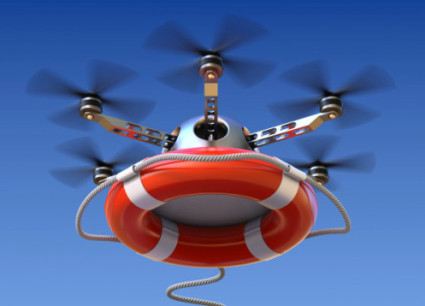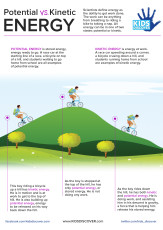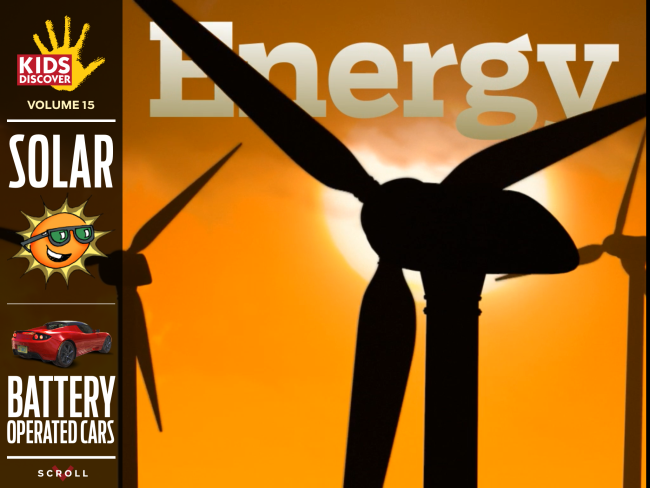Birds, bats, dragonflies, even annoying houseflies can perform flights that defy anything humans have been able to imitate so far. Well, so far. Since the invention of UAVs, a term for unmanned aerial vehicles, better known as drones, scientists took interest in how flying animals do what they do.
Drone technology is improving at a fast rate, thanks to some innovative engineers who pay attention to nature. They’ve studied how these adept fliers avoid obstacles, even at super-high speeds. They’ve mimicked the membrane on bats wings and surfaces of dragonfly wings to create drone wings. They’ve learned how flapping wings can create more thrust and lift. They’ve watched an eagle soar with wings spread, conserving energy, and studied how a falcon pulls in its wings for a dive. All of these wild skills have the potential to improve drone technology.
While most drones you’ve seen on television look like little helicopters, there are drones of all kinds being invented. Engineers are creating even faster nano-sized UAVs that can carry tiny cameras, sensors, and radio equipment and buzz around unnoticed, doing whatever job they have been assigned to do. And some have even begun designing UAVs using 3D printing technology. These would be inexpensive to produce and perfect for one-way uses, such as package delivery.
The potential and burgeoning market for drones is growing and a lot of innovators are coming up with ingenious ways to make use of the flying bots. Drones can go places where humans can’t go easily, if at all, or even where it is too dangerous for them to go. The agile vehicles can hover like a hummingbird, swoop around obstacles like a bat, and fly backwards like a dragonfly. They are fast and most run on clean energy.
Despite the fact that drones began as a military tool, there are endless possible peaceful applications for these contraptions. One idea that has been presented is fast delivery of goods and food. Amazon.com has already announced their intention to use drones for same-day package delivery in the next 4-5 years. Solar-drones, which are said to be able to stay in the air for five years, can provide wireless Internet to remote areas in the world. Drones equipped with cameras have already replaced news helicopters. Movie and television producers have hired drone companies to record aerial views and sweeping vistas, for a lot less expense than hiring manned aircraft. Realtors can use drones to take aerial photographs of a property for sale, and farmers can use the technology to monitor crop growth. Drones equipped with infrared light cameras can reflect how efficient photosynthesis is in various plants.
Of course, the Federal Aviation Administration has tightly restricted the use of drones for obvious reasons. However, by 2015 they hope to open the skies to more commercial UAVs. There could be 7,500 of them flying around by 2020.
Volunteer search-and -rescue pilots use their drones to search for missing people. These search drones have high-resolution video cameras that they use to survey an area. The information is transmitted to the operator and the location of the missing person is determined and mapped using GPS technology. The battery-powered bots can scan several miles before it needs to be “refueled.” The drones can deliver medical supplies, water, and other items to a stranded victim until a rescue team is able to reach their location.
Drones can help meteorologists track storms, spying on the systems as they evolve without risking human life to do it, both in the air and underwater. Tracking storm data helps to improve forecasts, which can ultimately save lives and money.
The energy industry also uses drone technology. Drones can be programmed to inspect high power lines, peruse miles of oil and gas pipelines, and check out wind turbines and solar panels for possible problems. Their sophisticated sensors and high-resolution cameras can record and transmit the detailed information that the human operators need to know without leaving their desks, including locating hot spots in a pipeline in the Alaska wilderness. Their abilities have the potential to replace the need to climb tall towers or send helicopters to do the same job, and they might do a better job as well!
Drones are used to monitor wildlife populations, especially threatened and endangered species. Tech-savvy conservation groups are trying out UAVs to keep a watch on the habits of migrating animals. They can record information and location of a species and hopefully help put a stop to illegal hunting. Just last year, the Wildlife Protection Society of India noted that poaching is worse than it has been in seven years. Not only do people want tigers for their fur, the big cats are blamed for killing livestock. The video surveillance that UAVs provide could locate the animals as well as the poachers. Then rangers could respond, either by catching the poachers or relocating the troublesome tiger.
UAVs are also monitoring illegal fishing. Last spring, enforcement officials used drones in the Belize waters to monitor closed fishing areas, identifying any suspicious activity that required further investigation. Busted by a bot!
There are countless other peacful uses for drone technology. Have your students think about how UAVs can do work that benefits humankind and the planet. What would they change about the design so that it could be better equipped to accomplish the task?









